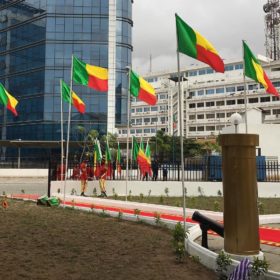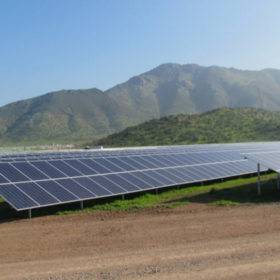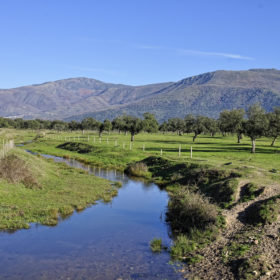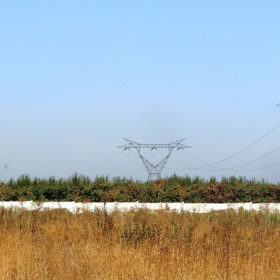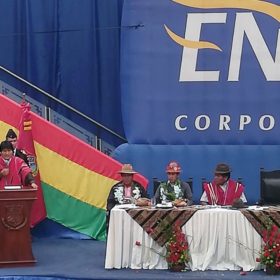French Development Agency issues tender for Benin’s first solar park
The 25 MW project is being financially supported by the European Union and the AFD with €60 million.
Ireland to issue grant aided pilot scheme for PV microgeneration this summer
The scheme, which was not included in the Renewable Electricity Support Scheme (RESS) unveiled by the Irish government in September, will initially be targeted at residential self-consumption.
Chile: Plan for decommissioning of coal; solar to become primary energy source by 2030
The Chilean government said that existing coal power plants will be gradually closed, although by 2030, the fossil fuel is still expected to account for 25% of thermoelectric power production. Renewables, however, are forecast to cover the remaining 75%.
Ellomay secures financial hedge for 300 MW solar project for Spanish spot market
The Talasol project, which the Israeli solar company acquired in May, plans to sell power to the Spanish spot market starting from 2020. The financial hedge will cover the supply of between 3,500 GWh and 3,700 GWh for a 10-year period.
Jenner Renewables reaches financial close for 146 MW PV project in Chile
The portfolio consists of 12 solar plants to be developed under Chile’s PMGD Program for distributed generation.
Spain’s TSK wins contract to build 50 MW solar plant in Bolivia
The Oruro solar plant was tendered by the Bolivian government in April 2016. The $54.7 million facility will be connected to the network of local state-owned utility, ENDE.
Swaziland launches tender for second solar park
The Swaziland Water Services Corporation is currently selecting consultants to conduct a feasibility study for a 10 MW solar power project.
Philadelphia Solar secures PPA for 68 MW solar facility in Jordan
The solar module maker expects to reach financial close for the project in the third quarter of this year.
Kazakhstan: 1 GW solar, renewables auction; first bidding round planned for May
The long-awaited series of auctions is expected to see the participation of big players such as ACWA Power, Sky Power, Shell, General Electric and Goldwind, the Kazakh government said.
Belgium: Flemish solar market grew by 188 MW in 2017
Almost all of last year’s newly installed PV capacity comes in the form of residential PV systems not exceeding 10 kW, installed under net metering.

